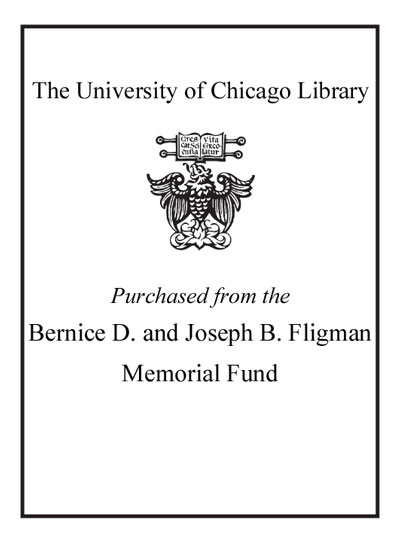| Summary: | "Longquan wares were made mainly in Zhejiang province over a period of over sixteen hundred years, from the 3rd to the 19th centuries. There are two outstanding features of the beautiful Longquan ceramics, one is that the body is made of porcelain, and the other, that the glaze contains kaolin in its composition. This gives Longquan ware unique color and quality. The body is smooth and dense, the glaze either unctuous or shiny, the color a myriad shades of kingfisher blue and jade green. The result of development of porcelain technology at Longquan was a tough, attractive, and versatile celadon material that was ideally suited for export. Longquan vessels found their way to a variety of markets around the world, from royal palaces to common dwellings. During the Yuan dynasty a peak in quantity was reached, with more than 150 kiln sites overall. Many new decoration techniques and forms of mass production for global exports emerged, until production almost expired entirely during the late Ming dynasty, due to a range of still-debated reasons. It is readily apparent that the Longquan kilns in Zhejiang province produced a wide range of wares, in vast quantities, over a period of more than 500 years. During the Southern Song period premier kinuta ceramics glazed with shimmering pale bluish-green colors attracted the highest approbation. During the early Ming dynasty the Daoyao kiln manufactured superlative imperial ceramics for the imperial household. However, despite their great beauty and perceived worth, Longquan ceramics have never been regarded as one of the 'Five Great Wares'. This book combined some of the rarest and most exquisite Longquan wares of over 270 pieces from museums and Art Institutes around the world"--
|
|---|

